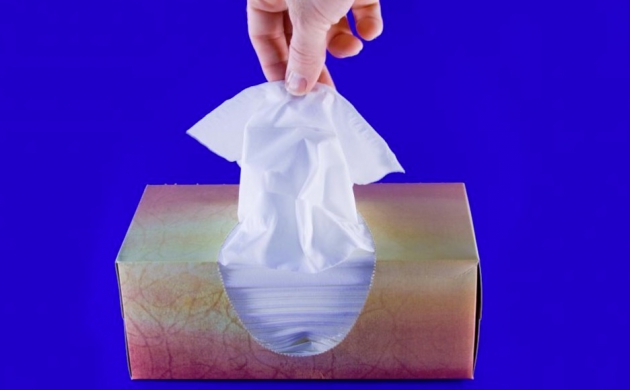If you suffer from allergies, it is very easy to connect any seasonal irritations with the common outdoor triggers such as mold or pollen. Unfortunately, this isn’t the whole of the story, and poor indoor air quality in your home may be the underlying reason for your itchy eyes, stuffy sinuses, and runny nose. In fact, poor indoor air could even exhibit as dangerous symptoms such as asthma attacks, bronchitis or respiratory issues. Research from the Environmental Protection Agency showed that Americans spend 87% of their time inside and indoor air pollutants can be up to 100 times higher than levels outside. So, while it is alarming to think about your indoor toxins, there are some simple steps to improve your indoor air quality.
Make Your Home a No Smoking Zone
Most of us appreciate the dangers of secondhand smoke, with allergy sufferers having no tolerable level of exposure. Unfortunately, even smoking in one room is sufficient to compromise the entire house. Even if a smoker is in a room with closed doors, it can still create problems for allergy sufferers in other areas of the house. For this reason, it is essential to make your home a no smoking zone to eliminate any secondhand smoke exposure.
Vacuum Regularly
If you want to improve your indoor air quality, you’ll need to invest in a quality vacuum and ensure that it gets used regularly. Carpets and other soft furnishings can trap dust and other allergens within the fabric. You should not only vacuum your carpets, but also upholstery, curtains and any other soft furnishings at least once a week to eliminate any dust or pollutants that have been brought in from outdoors.
Wash all Your Bedding
Washing pillows, comforters and sheets in warm water frequently will help to cut down your exposure to dust mites and any other allergens. Ideally, you should wash bedding once a week, but if this is not possible, prioritize pillowcases and sheets.
Change Your Air Filters
Your heating and cooling system will have at least one set of filters to trap contaminants. Unfortunately, as the filter becomes clogged, the particles will end up being circulated through your indoor air. Most manufacturers recommend changing HVAC air filters every 8 weeks, but if you have pets in your home, you may need to change your filters more frequently.
Clean Your Air Ducts
Most of our indoor air arrives through the ductwork of our heating and cooling systems. These air ducts can become dirty with mildew, microbes, dust, dirt, and bacteria, so it is important to clean your ducts regularly to remove this build up of debris.
Consider HVAC Upgrades
Finally, you may want to consider some upgrades for your HVAC system. There are a number of devices that can be integrated into your HVAC system to improve indoor air quality. Whole house humidifiers can be used to maintain the optimum levels throughout your home and create a healthier environment. Optimum humidity can alleviate dry sinuses, sore throats and itchy skin that make allergy symptoms feel even worse. They can also reduce the occurrences of viruses and bacteria. Another option is a UV filter, that can be used to kill bacteria, viruses and other airborne contaminants. Your HVAC technician can assess your system and advise you of any upgrades that could be beneficial for your indoor air quality.

